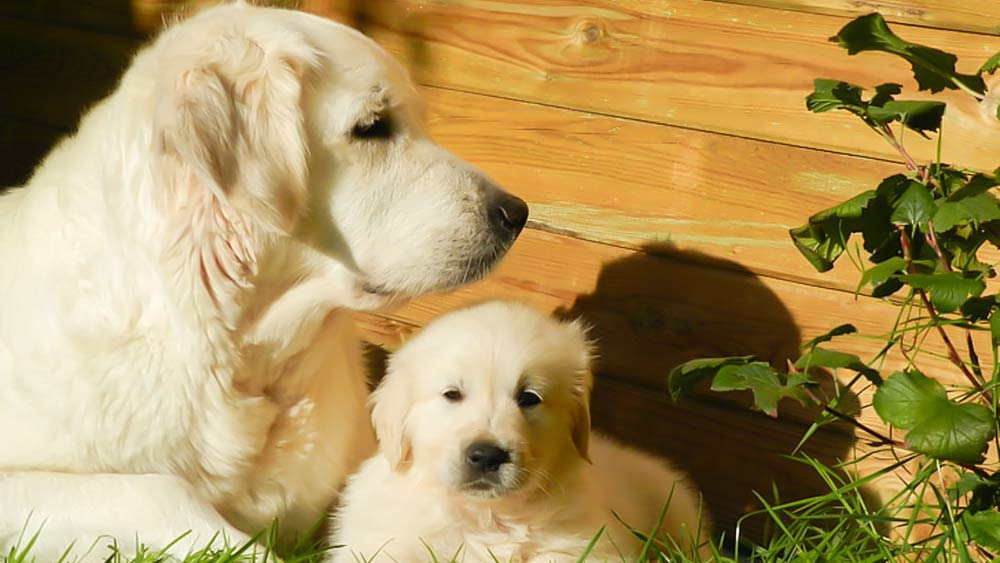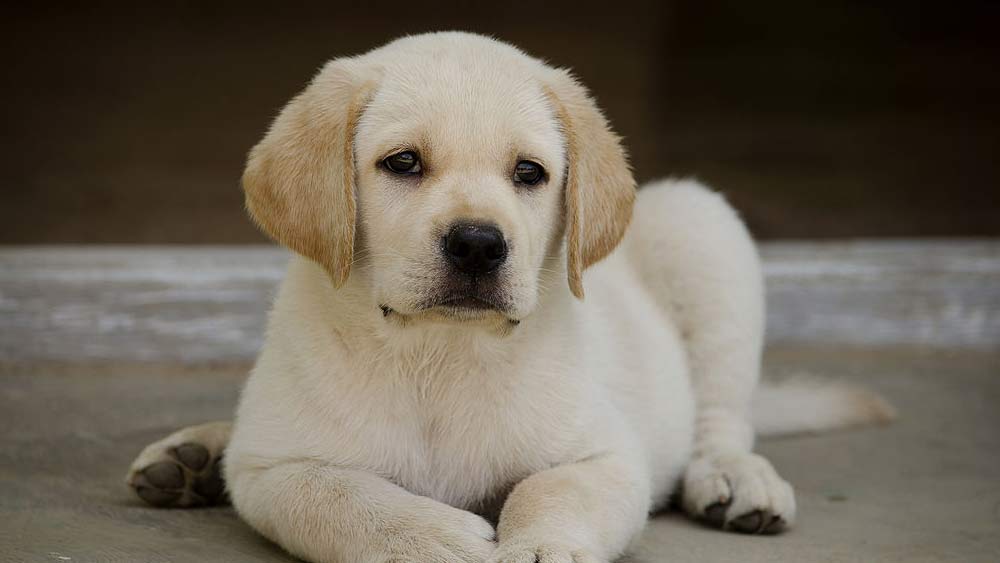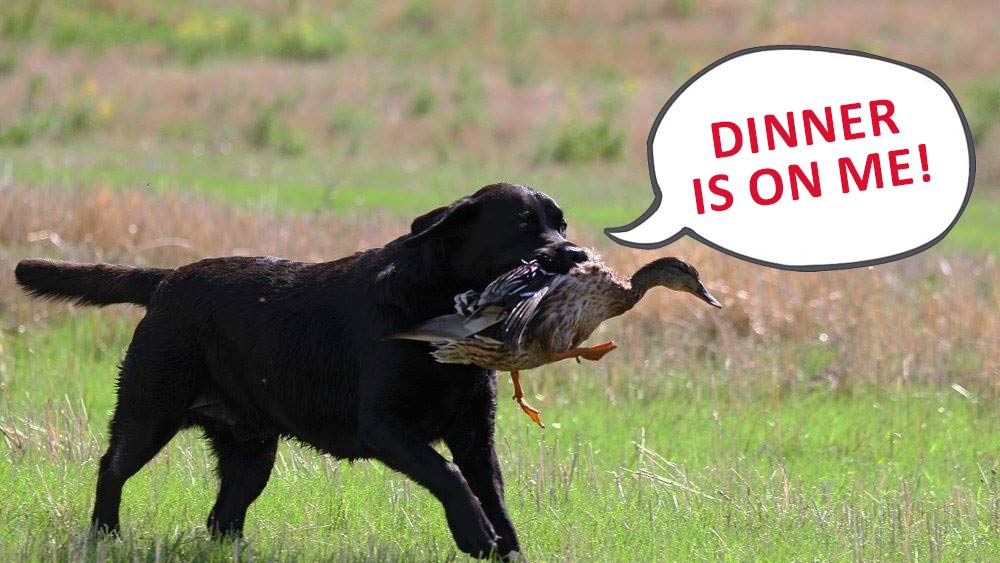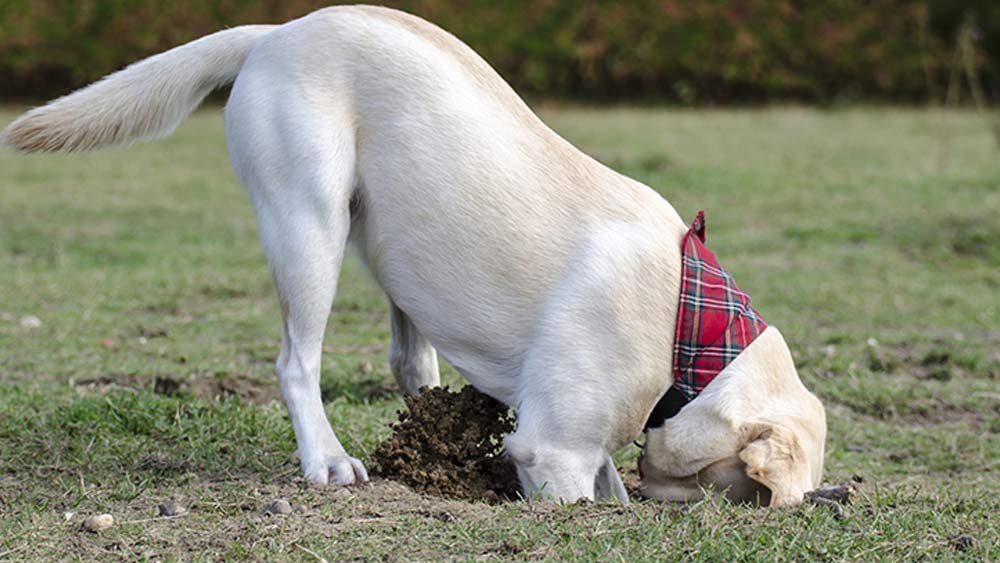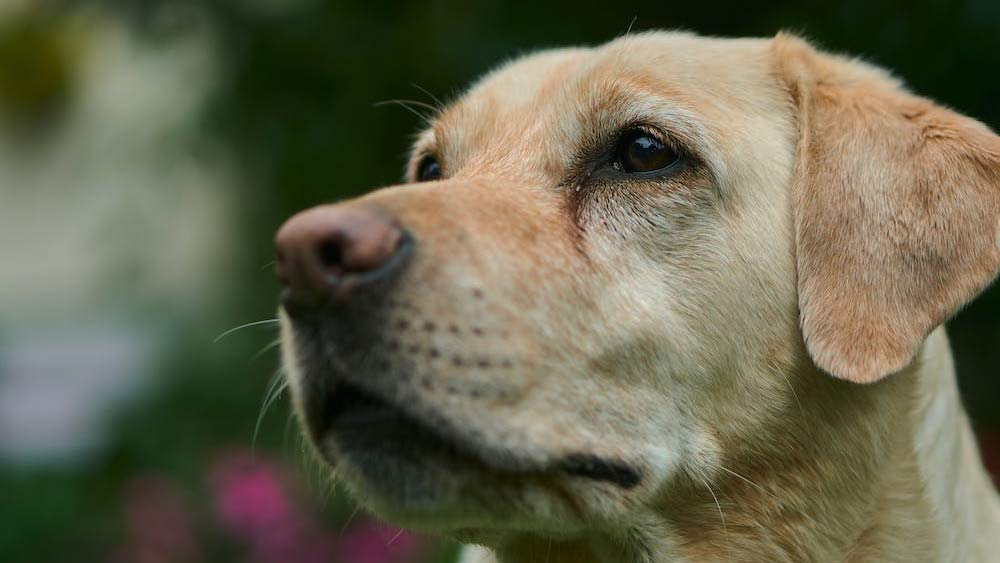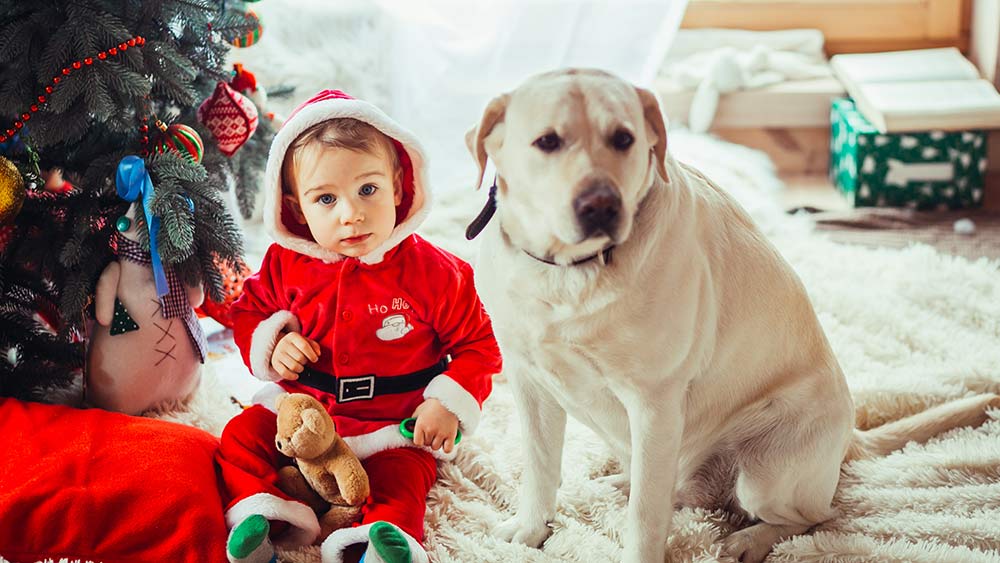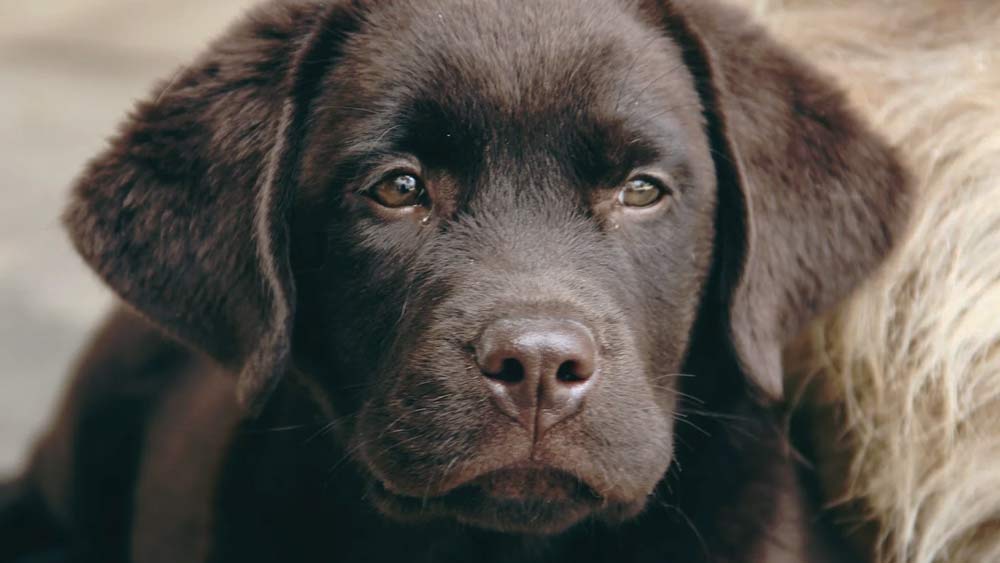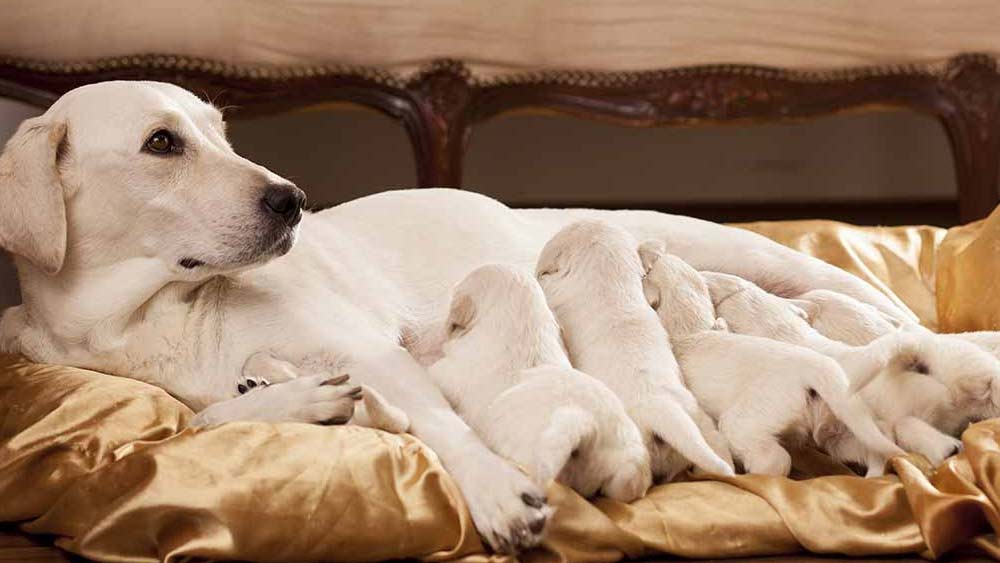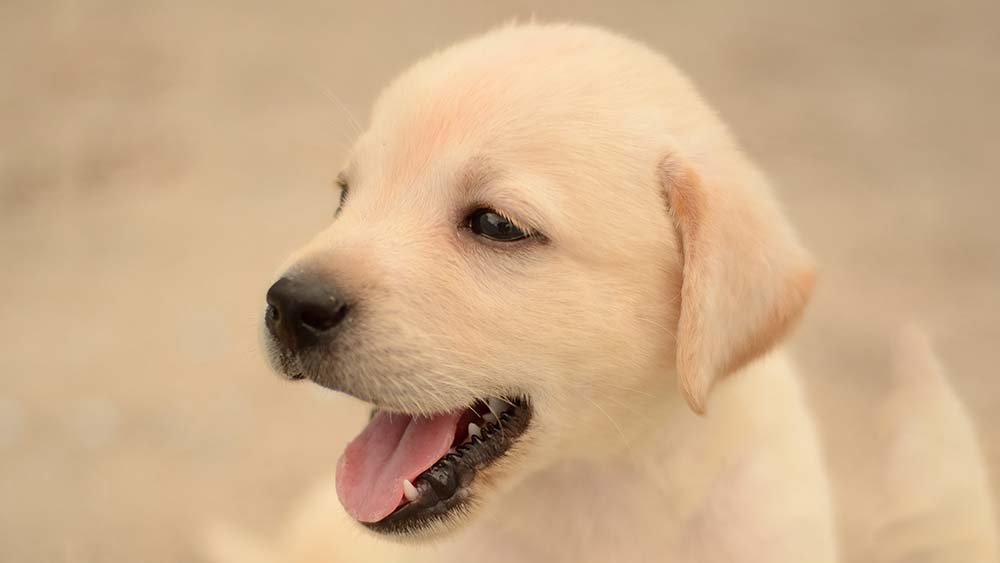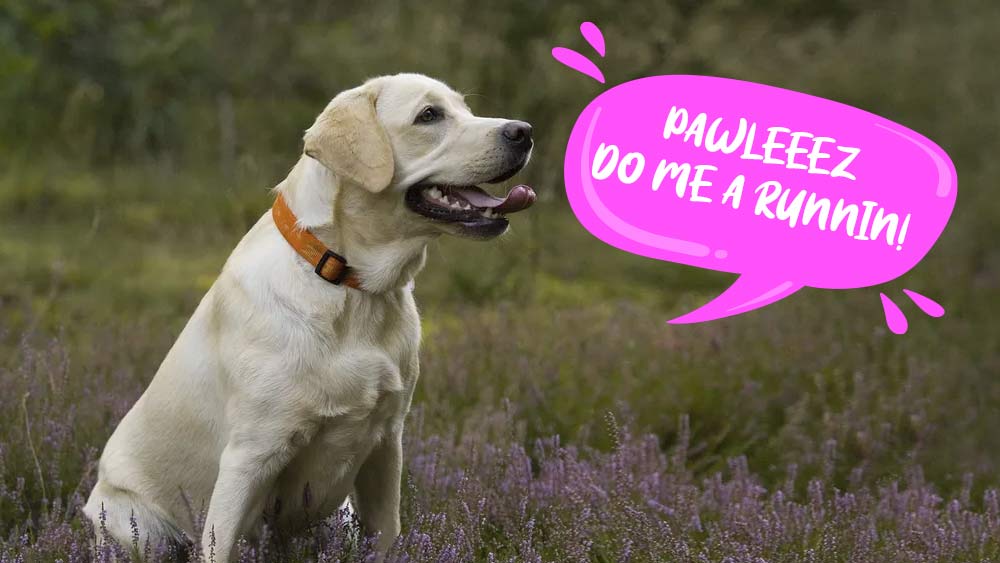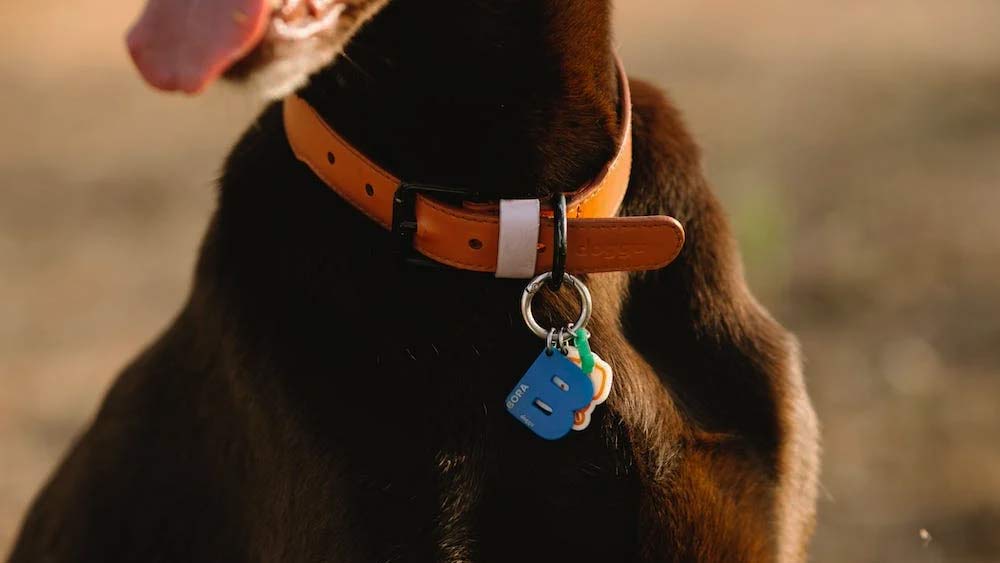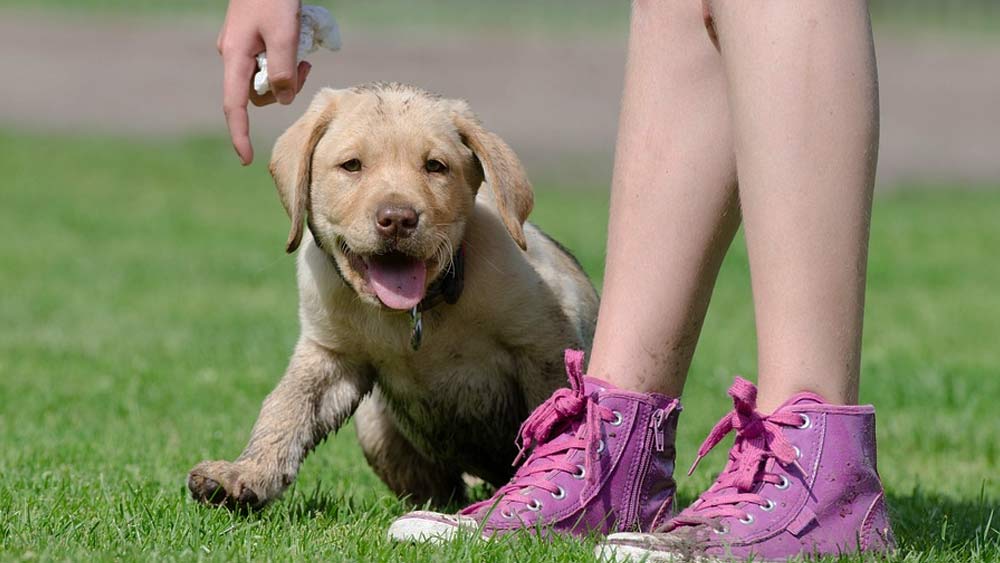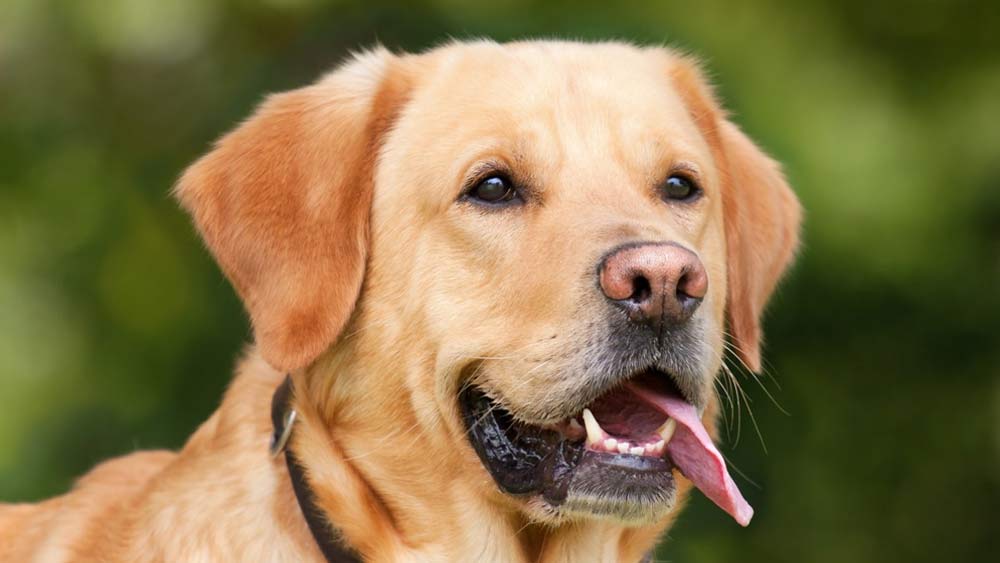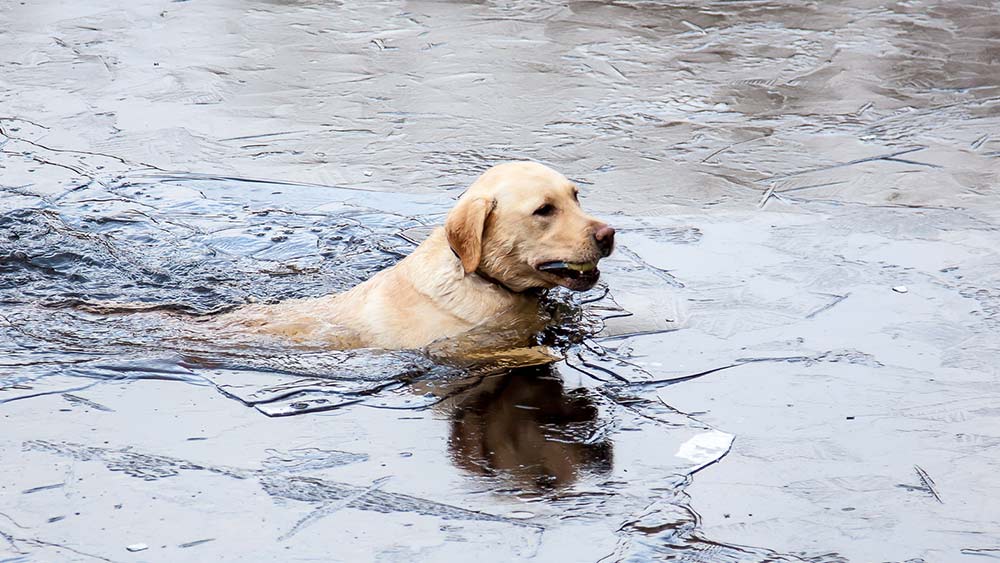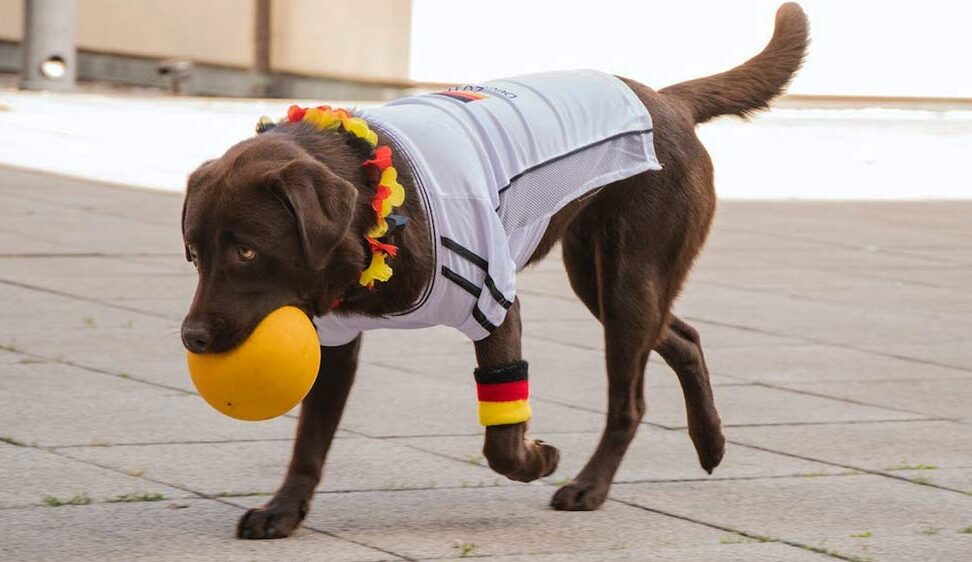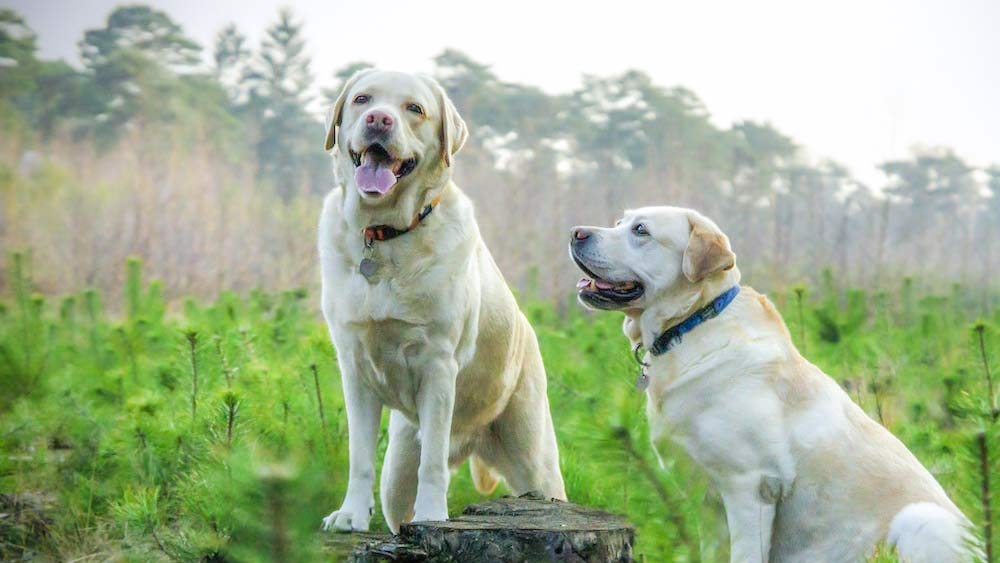The Labrador retriever breed is trained for two purposes: as a companion and a handy working dog, this breed can be counted on. Labrador retriever is a good-natured and hardworking dog and is considered one of the most popular breeds in recent years. This breed can serve as a hunting dog for hunters, an assistance dog for the disabled, a rescue dog, and even a show dog. Labrador retrievers are very popular because of their beautiful appearance and good behavior and are known as great family pets. But many people do not know about the growth stages of the Labrador retriever at different ages. This leads to stressful moments for dog owners because they don’t know if their dog’s development is typical for its age.
This article provides a comprehensive guide to answering your questions. Of course, remember that the growth of puppies, like the growth of humans, depends on various factors at each stage. So as long as your puppy’s weight for his age is within the weight range shown in the tables below, he’s probably fine. So stay with us!
Labrador retriever’s weight and growth
Before looking at the chart, keep in mind that the numbers are approximate, and if the weight of your Labrador retriever is more or less than the number mentioned in the article, there is nothing to worry about. Because many factors affect a Labrador retriever’s growth, each dog grows according to the characteristics of its place of residence. To ensure the health of your dog’s growth, it is better to show it to a veterinarian so that he can measure its growth according to your dog’s condition.
| Age | Female weight | Male weight |
| One month old | 2-6 lb | 3-5 lb |
| Two months old | 5-10 lb | 10-15 lb |
| Three months old | 20-25 lb | 20-30 lb |
| Four months old | 25-35 lb | 30-40 lb |
| Five months old | 30-40 lb | 35-45 lb |
| Six months old | 35-45 lb | 40-55 lb |
| Seven months old | 40-50 lb | 50-60 lb |
| Eight months old | 40-55 lb | 50-65 lb |
| Nine months old | 45-60 lb | 55-70 lb |
| Ten months old | 50-60 lb | 55-70 lb |
| Eleven months old | 55-65 lb | 60-75 lb |
| One year old | 55-70 lb | 65-80 lb |
What is the age of a fully grown Labrador retriever?
Since Labrador retrievers are considered to be almost large dogs, they naturally need more time to mature and reach full growth than some other dogs. If you have paid attention to the chart, you have noticed that the minimum time for the full growth of the Labrador retriever breed is one year. But this does not mean full growth for all Labrador retrievers takes a year! Instead, if the bone structure of the Labrador retriever puppy is large, it may take up to 18 months for the puppy to grow fully. So it can be claimed that 12 months to 18 months is the approximate time for the full development of a Labrador retriever puppy.
What is the approximate size of a 6-month-old Labrador retriever?
Many factors play a role in determining the size of the Labrador retriever breed, including whether the dog is male or female so that a male Labrador weighs approximately 40 pounds to 55 pounds at the age of 6 months; for females, they weigh from 35 pounds to 45 pounds and sometimes less. Note that all numbers are averages.
Ways to predict the size of Labrador retrievers
There are three common ways to estimate the size of your Labrador retriever. These three ways include the following:
Age
The first way we suggest you estimate your dog’s size is to consider your dog’s age. As we said in the article, the size and growth of Labrador retrievers is completed approximately from one year to 18 months. It takes 18 months to fill the chest of Labrador retrievers. If your Labrador retriever is less than a year old and still small in size, don’t worry because it still needs time to grow fully.
Paw size
By looking at the size of Labrador retriever paws, you can find out whether your dog has reached full growth or is still growing. Thus, if their paws seem larger than their body, your dog is still growing. This is one of the classic characteristics among puppies.
Genetics
You can find out the final size of your puppy by looking at its genetics, so if you know your dog’s parents, you can find out how much its genetics will grow by looking at its height and weight. If the parents of a dog have a large body, their puppies will also have a large body in adulthood.
How to further develop a dog’s growth?
A dog’s body needs much protein and minerals to grow. So it’s evident that the best way to grow your dog is to feed them protein-rich foods. It should be noted that the highest amount of protein is in meat, which you can use as the best way to grow your puppy’s body. Also, giving foods containing fat can help your dog absorb vitamins and is a good way for your dog’s health and natural growth.
copyright Wikimedia commons Augustus Binu
Conclusion
in this article, we discussed Labrador retrievers’ growth timeline. But keep in mind that in addition to everything we have said, nutrition, breeding method, place of residence, exercise, etc., are influential factors in the growth rate of the Labrador retriever breed. So, if your Labrador retriever is smaller or larger than what we mentioned in the chart of this article, there is no need to worry; maybe your dog’s diet contains large amounts of protein that has been effective in its growth; instead, you should show it to the veterinarian to know the health of your dog. Please share your comments with us about the content of the article.
Read More: Potty Train Your Labrador: 10-Step Guide
Read More: 16 Tips for Socializing Your Labrador Puppy + FAQs
Read More: How much exercise do Labradors need? (0 to 100 explained)
Read More: How to Raise a Labrador! (All Questions Answered)
Read More: how to train your Labrador Retriever: 15 most essential tips
Read More: Keeping Labrador retrievers in a city apartment! (wise or not)


